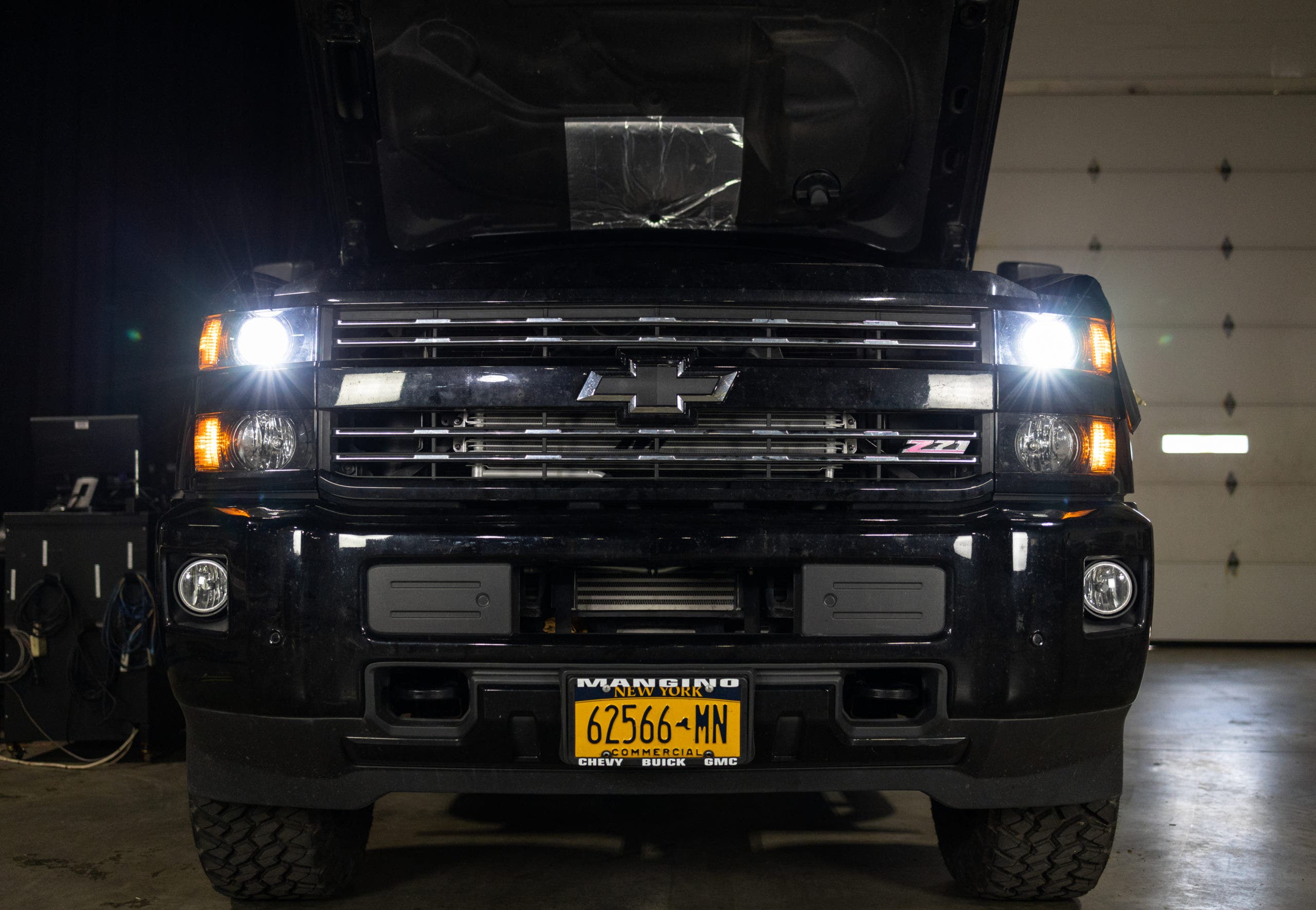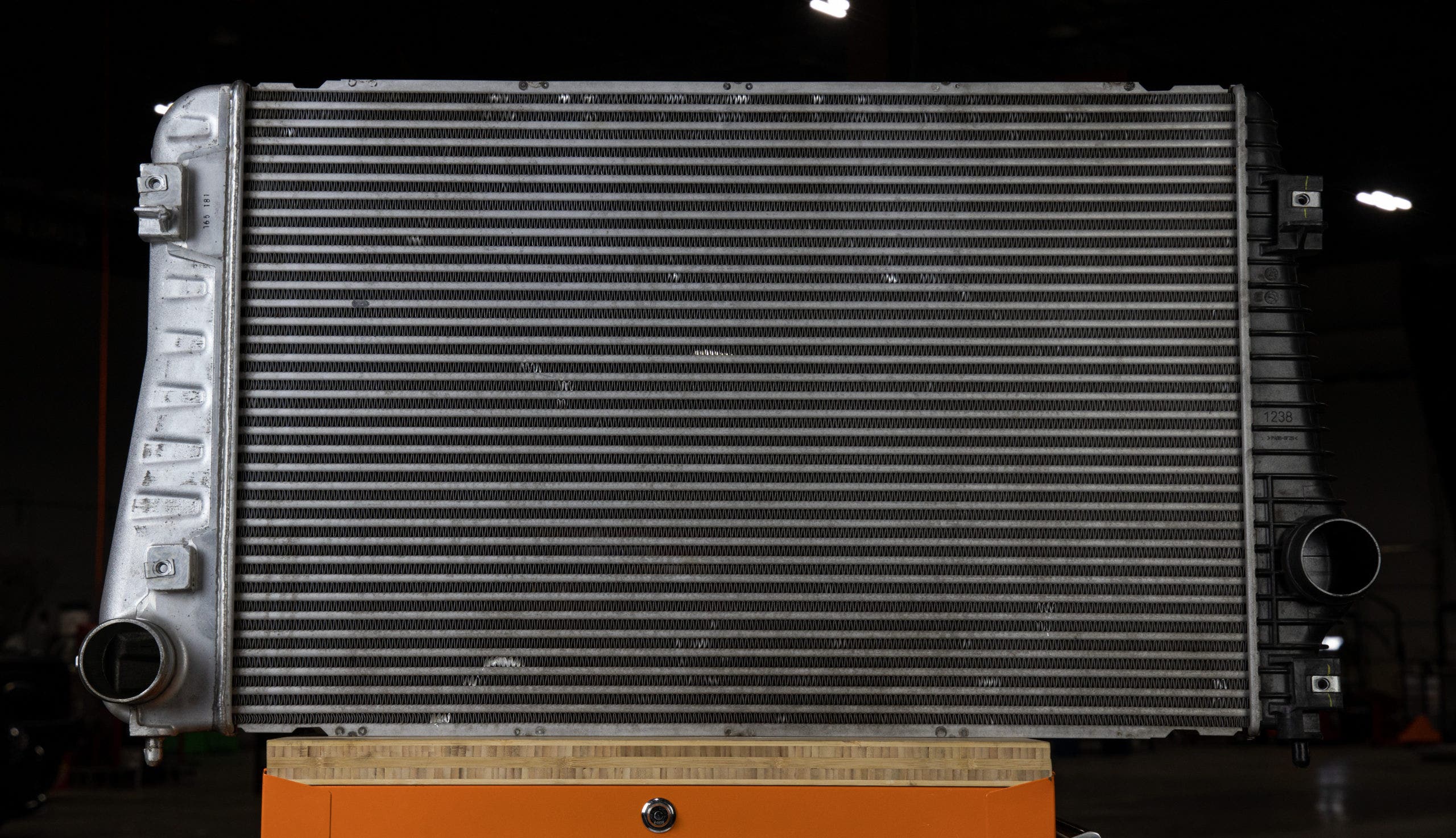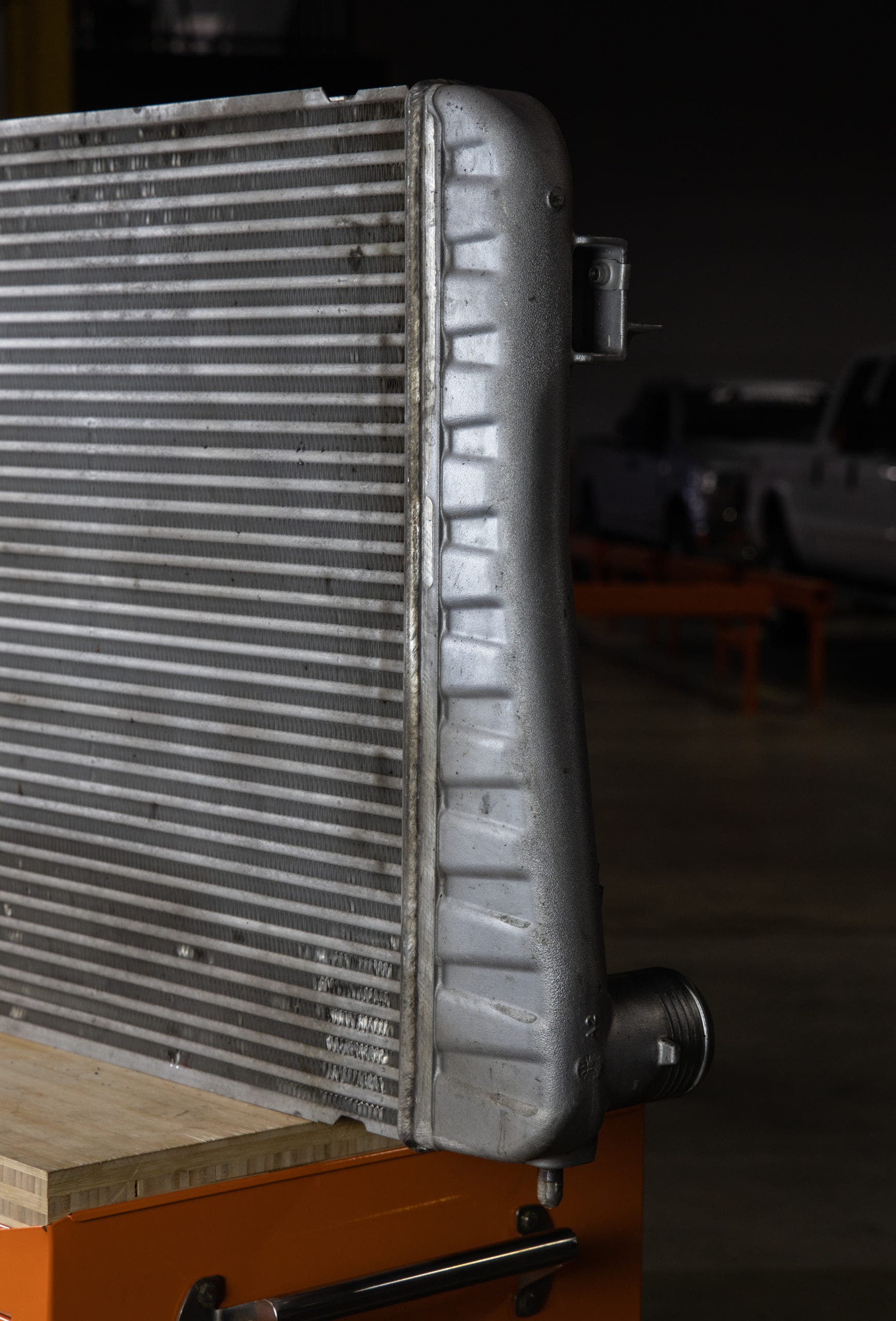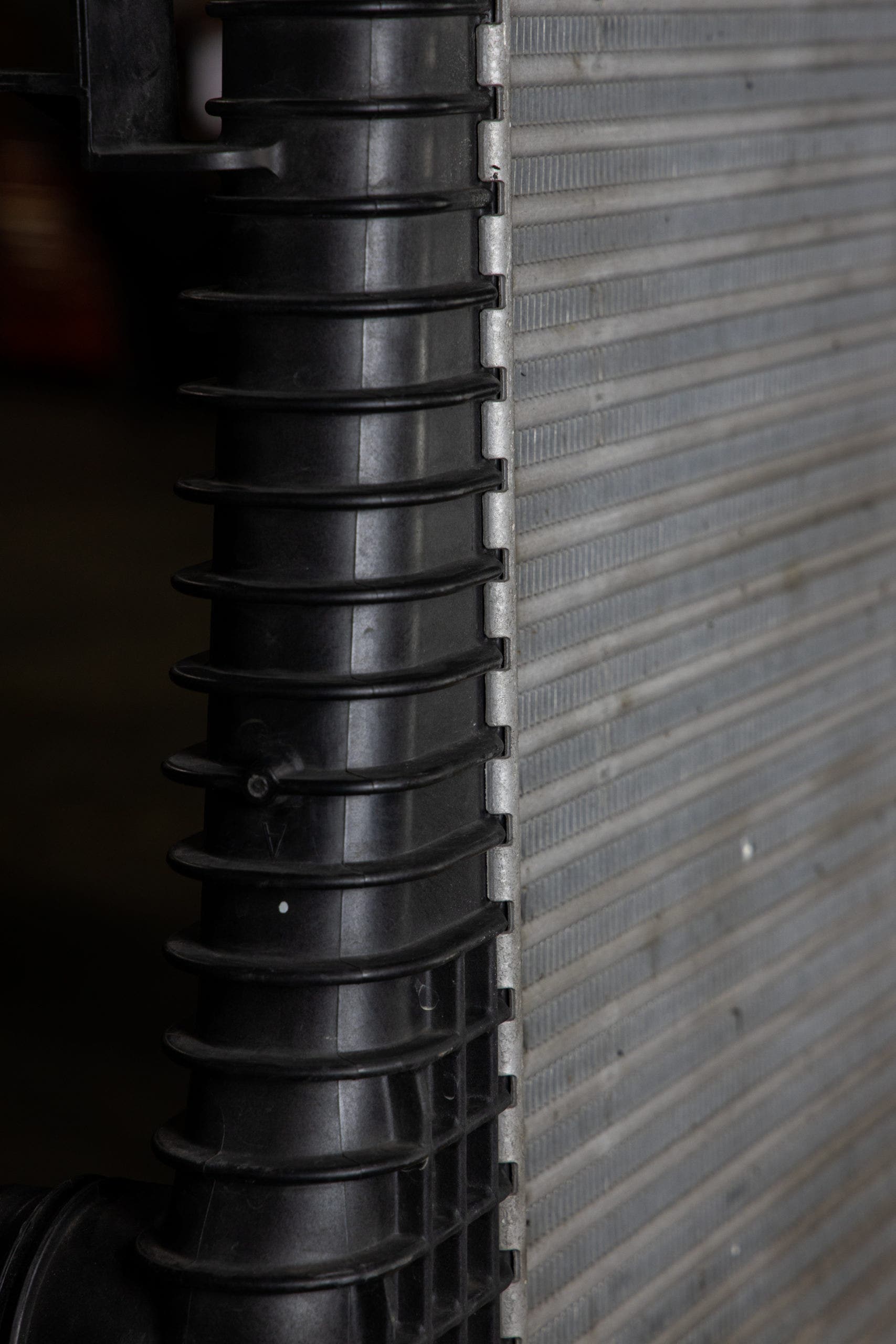
Performance Review - Performance Intercooler R&D, Part 1 - Stock Review and Prototyping
Performance is in the eye of the beholder. When the term 'performance vehicle' is uttered, thoughts primarily drift to low-slung, no-frills sports cars. Creature comforts were all sacrificed to the gods of speed, and practicality wasn't even considered. However, every vehicle performs in its own regard, including the 6.6L L5P Duramax powered Silverado and Sierras. These are performance machines. Sure, a Porsche 911 GT3 can lay down staggering lap times, but when was the last time you saw a 911 setting speed records while also towing a trailer and hauling the support team in absolute comfort. Its performance that's usable every single day. While impressive straight from the factory, these L5P power factories could still benefit from a bump in performance, specifically in the intercooling department.
Before we can even think about our new design, we need to look at what GM included from the factory. A thorough examination of the stock layout gives us cues and a clear path forward on our design. This exercise allows us to make a checklist of design changes and aspects of the stock intercooler that we want to stick around.

Our first impression: this thing is huge already. It's a big truck, so naturally, it needs a ton of cooling power. Once we started looking closer, we started noting some potential changes. First off, GM used a tube-and-fin core from the factory. This core construction style is much lighter and more cost-effective to produce, but the lightweight construction is more conducive to heat soak.

Turbodiesel engines, like the L5P, produce huge amounts of boost pressure right out of the box and even more once a tune is involved. GM had this in mind when designing the end tanks for the L5P's intercooler. Since there's a higher pressure from the intercooler's inlet side, this intercooler is sporting a cast aluminum hot-side end tank welded to the core, a design cue that we intend to keep. We also plan to copy this construction over to the cold side of the intercooler since this end tank is a plastic construction crimped to the core on the stock cooler.

With the review of the stock intercooler complete, our engineering team dove straight into our new intercooler design, starting with the prototyping process. Before we can begin production, we need to make sure that our hulking intercooler will fit appropriately in the truck. We'll go over the new design once our production sample arrives at our R&D facility, so in the meantime, check out this video outlining the prototyping process:
Thanks for Reading!
-Nick




